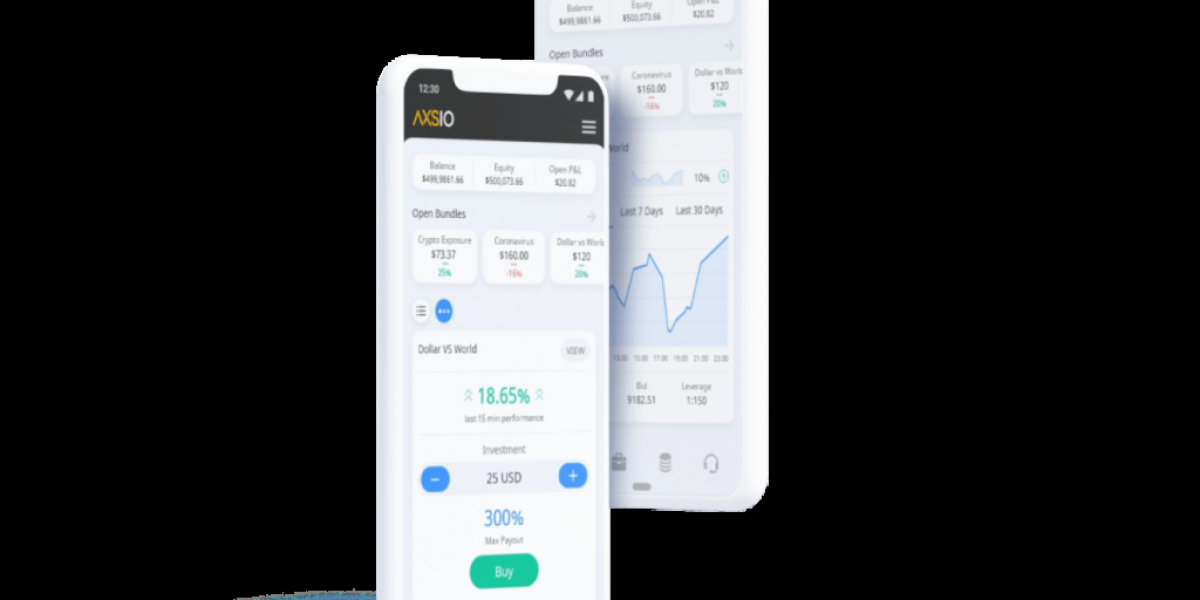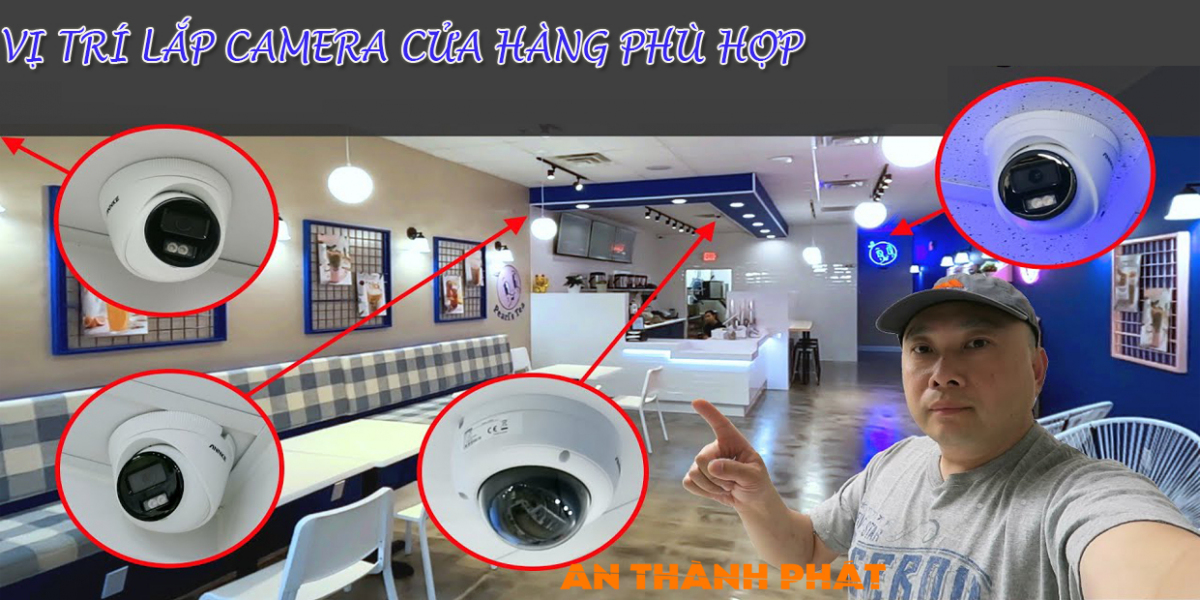In an era increasingly focused on sustainability and reducing carbon footprints, the concept of zero-energy homes has emerged as a beacon of hope for eco-conscious homeowners. These innovative dwellings, designed to produce as much energy as they consume over the course of a year, represent a significant step forward in residential energy efficiency. At the heart of this revolution are advancements in solar technology and the integration of artificial intelligence (AI), which together are reshaping how homes consume and produce energy.
1. Understanding Zero-Energy Homes
Zero-energy homes, also known as net-zero homes, are buildings that utilize renewable energy systems to generate electricity, typically through solar panels, and are designed to minimize energy consumption through efficient building techniques and appliances. The goal is to achieve a balance where the home's energy production equals its energy usage on an annual basis. This not only reduces utility bills but also decreases reliance on fossil fuels, thereby mitigating environmental impact.
2. The Role of Solar Energy
Solar panels are pivotal to the success of zero-energy homes. These panels capture sunlight and convert it into electricity through photovoltaic cells. Advances in solar technology have significantly improved efficiency and affordability, making solar energy a viable option for residential applications. Today's solar panels can operate efficiently even in less sunny regions and come with warranties that guarantee decades of reliable performance.
3. Integrating Artificial Intelligence (AI)
AI plays a crucial role in optimizing energy consumption within zero-energy homes. AI-powered systems can analyze energy usage patterns, weather forecasts, and other data to adjust energy production and consumption in real-time. For instance, AI algorithms can automatically adjust heating and cooling settings based on occupancy patterns or forecasted weather conditions, ensuring maximum efficiency without compromising comfort.
4. Components of a Zero-Energy Home
Achieving zero-energy status requires a holistic approach to building design and technology integration:
- Building Envelope Design: This includes insulation, high-performance windows, and airtight construction to minimize heat loss and gain.
- Energy-Efficient Appliances and Smart Home Devices: Appliances such as energy-efficient refrigerators, LED lighting, and smart thermostats contribute to reducing overall energy demand.
- Storage Solutions: Batteries and other energy storage systems store excess energy generated during sunny periods for use during times of low sunlight or high demand.
5. Case Studies and Success Stories
Several real-world examples illustrate the feasibility and benefits of zero-energy homes:
- The InsertExampleInsert Example: This Home improvement in LocationLocation utilizes solar panels and AI-controlled energy systems to achieve net-zero status, resulting in substantial energy savings for its residents.
- Homeowners who adopt zero-energy practices often report not only financial savings but also a sense of pride in reducing their environmental impact.
6. Challenges and Considerations
While the benefits of zero-energy homes are compelling, several challenges remain:
- Initial Costs vs. Long-Term Savings: The upfront cost of installing solar panels and AI systems can be significant, although long-term savings on utility bills often offset this initial investment.
- Regulatory and Incentive Challenges: Policies and incentives that promote zero-energy construction vary by region, affecting adoption rates and affordability.
- Maintenance and Technological Challenges: Regular maintenance of solar panels and AI systems is essential to ensure optimal performance over their lifespan.
7. Future Trends and Innovations
The future of zero-energy homes looks promising, with ongoing advancements in technology and increasing consumer awareness driving innovation:
- Emerging Technologies: Researchers are exploring new materials for solar panels and more sophisticated AI algorithms to further enhance energy efficiency.
- Policy and Consumer Trends: Increasingly stringent energy efficiency standards and growing consumer demand for sustainable housing options are likely to accelerate the adoption of zero-energy homes.
Conclusion
Zero-energy homes represent a significant advancement in sustainable living, harnessing the power of solar energy and AI to achieve unprecedented levels of energy efficiency. As technology continues to evolve and awareness grows, the prospect of living in a home that produces as much energy as it consumes is becoming increasingly feasible. By embracing these innovations, homeowners, builders, and policymakers can contribute to a greener future while enjoying the economic benefits of reduced energy costs. Whether you're considering building a new home or retrofitting your current one, exploring the possibilities of zero-energy living is a step towards a more sustainable tomorrow.








